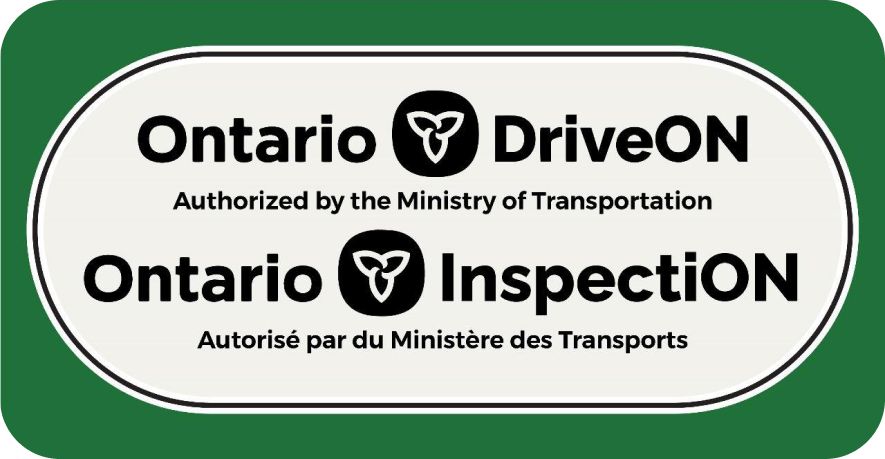Safety Inspection for Motor Vehicles
Safety Inspection for Motor Vehicles in Canada
Motor vehicle safety inspections are a critical part of Canada’s commitment to road safety. These inspections ensure that vehicles operating on public roads meet minimum safety standards, helping to prevent accidents caused by mechanical failure. While regulations vary by province and territory, the goal across the country is the same: to keep Canadian roads safe for all users.

What Is a Vehicle Safety Inspection?
A motor vehicle safety inspection involves a detailed check of various mechanical and structural components of a vehicle to verify they meet government safety standards. Inspections may cover:
Brakes and suspension systems
Steering components
Tires and wheels
Lights and signals
Windshield and wipers
Seat belts
Frame and body condition
Exhaust and emissions systems (in some provinces)
Inspections are conducted by licensed mechanics or government-authorized inspection stations.
When Are Safety Inspections Required?
The need for a safety inspection varies by province or territory. Common situations that require an inspection include:
Transferring ownership of a used vehicle
Registering a vehicle from another province or country
After a vehicle has been declared rebuilt or salvaged
For commercial vehicles at regular intervals
Annual inspections for older vehicles (in some regions)
For example:
Ontario requires a Safety Standards Certificate (SSC) when transferring ownership of a used vehicle.
British Columbia mandates inspections for imported vehicles and those with out-of-province registrations.
Quebec generally doesn’t require safety inspections unless the vehicle is rebuilt or commercial.
Nova Scotia requires an annual or bi-annual inspection depending on the vehicle class.


What Happens if a Vehicle Fails?
If a vehicle does not pass the inspection, the owner will receive a report detailing what needs to be fixed. Once the repairs are completed, the vehicle must be re-inspected. A pass is required to receive a safety certificate and legally operate or sell the vehicle in many jurisdictions.
Tips to Pass a Safety Inspection
Perform regular maintenance
Check tire tread depth and air pressure
Ensure all lights are working
Listen for unusual sounds when braking or steering
Fix cracks in the windshield
Test the horn, wipers, and defroster


